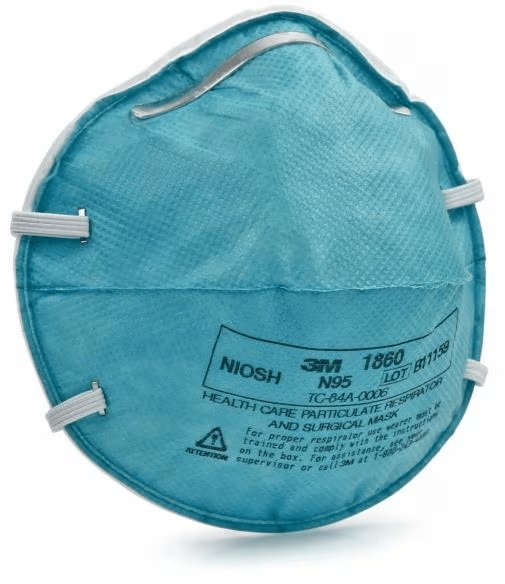
Essential Suggestions for People with COPD During Wildfire Season
Essential Suggestions for People with COPD During Wildfire Season

Wildfire season brings unique challenges for individuals with Chronic Obstructive Pulmonary Disease (COPD). The smoke and air pollution caused by wildfires can exacerbate COPD symptoms, making breathing difficult and increasing the risk of flare-ups. RAAROXY, a leading provider of home oxygen therapy equipment, offers valuable advice to help manage COPD effectively during wildfire season.
Understanding the Impact of Wildfire Smoke on COPD
Wildfire smoke consists of a complex mixture of gases and fine particles, encompassing carbon monoxide, volatile organic compounds (VOCs), and particulate matter (PM2.5). These pollutants can infiltrate deep into the lungs, worsening symptoms for those with COPD. Exposure can lead to increased inflammation, reduced lung function, and a higher risk of respiratory infections and flare-ups. Here are some essential tips to help manage COPD during wildfire season:

- Monitor Air Quality Index (AQI): Regularly check the AQI using reliable sources such as government websites or weather apps. The AQI measures pollutant levels in the air, with higher values indicating worse air quality.
- Stay Indoors: When the AQI indicates poor air quality (above 100), limit outdoor activities to reduce exposure to harmful pollutants.
Create a Clean Indoor Environment
- Use Air Purifiers: Invest in a HEPA filter to reduce indoor pollution. Maintain and replace filters as recommended.
- Seal Your Home: Keep windows and doors closed to prevent smoke from entering. Use weather stripping or caulking to seal any gaps and cracks.
- Avoid Indoor Pollutants: Refrain from activities that can increase indoor pollution, such as smoking, burning candles, or using wood-burning stoves.
Use Personal Protective Equipment
- N95 Masks: If you must go outside when air quality is poor, wear an N95 respirator mask to filter out fine particulate matter. Ensure the mask fits properly to be effective.

Manage Your COPD Medications
- Follow Your Treatment Plan: Continue taking your prescribed medications as directed by your healthcare provider, including inhalers and bronchodilators.
- Maintain a Supply: Keep an adequate supply of your medications and a written action plan for managing COPD flare-ups.
Stay Hydrated and Maintain Overall Health
- Hydration: Drink plenty of fluids to help thin mucus and keep your airways clear.
- Healthy Diet: Maintain a balanced diet to support your immune system and overall health.
Have an Emergency Plan
- Emergency Contacts: Keep a list of emergency contacts, including your healthcare provider, pharmacy, and local emergency services.
- Evacuation Plan: Prepare a plan for evacuation that includes how to transport your oxygen equipment and medications.
Seek Medical Attention When Needed
- Watch for Symptoms: Be alert for signs of COPD exacerbation, such as increased shortness of breath, wheezing, or changes in mucus production.
- Contact Healthcare Provider: If your symptoms worsen, contact your healthcare provider immediately for advice and possible treatment adjustments.
By taking these proactive steps, individuals with COPD can better manage their condition and reduce the risk of flare-ups during wildfire season. Ensure your safety and prioritize your respiratory health.
For more information on managing COPD and access to quality home oxygen therapy equipment, visit RAAROXY's website or contact our customer support team.
Leave a comment